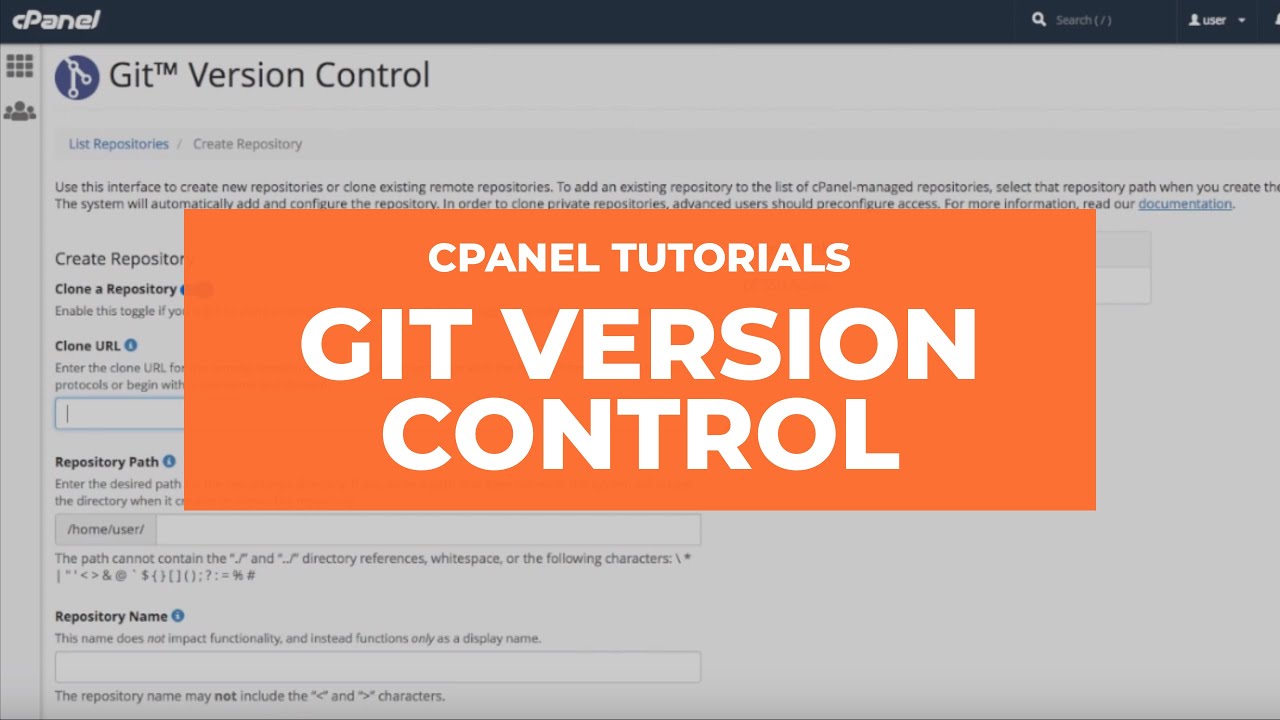If you have ever wondered how to maintain a website, you are not alone. Fortunately, this task is much simpler than you might think. If you know how to use a computer and the Internet, you can easily create a website that suits your business needs. In this tutorial, we will discuss how to add content to your website and maintain its appearance. Once you have completed the tutorial, you should have a working website.
Maintenance of a website
When you own a website, you are responsible for the regular maintenance of its content. Just like a car, you should take care of any updates that are required to enhance the website’s user experience. Apart from that, you should take care of any other responsibilities associated with website maintenance. Consider your website as a vehicle and ensure it’s always in good condition to prevent the loss of customers and revenue. To help your website keep up with the demands of visitors, read on to learn how to maintain a website.
Changing the design of your website is a crucial part of maintaining your website. In fact, users usually decide whether they want to stay on a website within the first few seconds of visiting it. Changing your website’s design frequently is another key element of website maintenance. A website that is regularly updated will attract visitors and stand out from the rest. If you want to attract more visitors, you should consider hiring a website maintenance service.
Sections of a website
The use of site sections is the next generation of web design templates. They are easier to manage and customize than full website templates. Website sections help you deliver focused information to your site visitors and increase your profits. Site sections are reusable building blocks for website design. Unlike the templates, which take a lot of time to build and maintain, sections let you change just a few elements to meet your customers’ needs. Besides, you can customize your site sections much faster than building the whole website from scratch.
There are 6 main website sections. These are header, content, sidebar, and footer. Head contains metadata such as meta titles, descriptions, and authors. Other parts of the website include scripts and Schema. Custom favicons and tracking codes are also included in the head section. By following best practices for each section, you can maintain it with a minimum amount of work. Moreover, website sections can help you increase conversion rate by 50% or more.
Managing a website
Managing a website can be challenging, but the rewards can be enormous. As the owner of a website, you’re responsible for its content, keeping it updated and clean of bugs. It’s also a good idea to regularly back up your website with your hosting company. You should also ensure that all links lead to the correct page, and that images load properly on mobile devices. You can learn the basics of managing a website in this tutorial.
After creating your website mockups, you’ll have to manage it. Managing a website requires different programming languages and different methods. Once you’ve developed your website, you need to upload it to a webserver and maintain it. This step is critical for maintaining a website. You’ll also want to choose a theme. Choosing a theme is the next step. Managing a website tutorial covers how to choose a theme.

